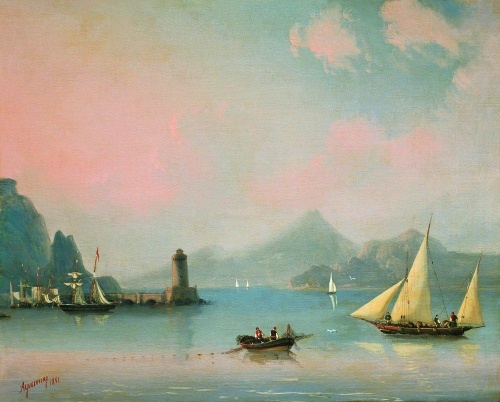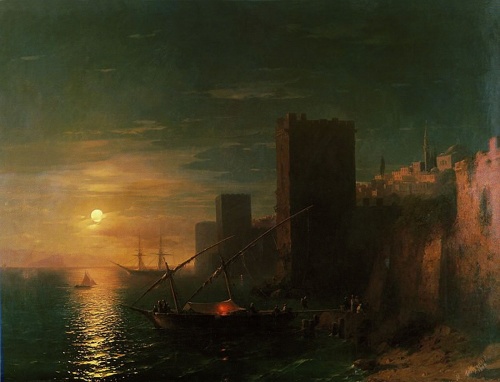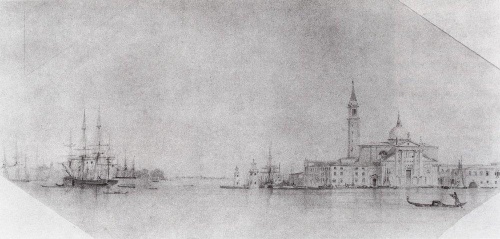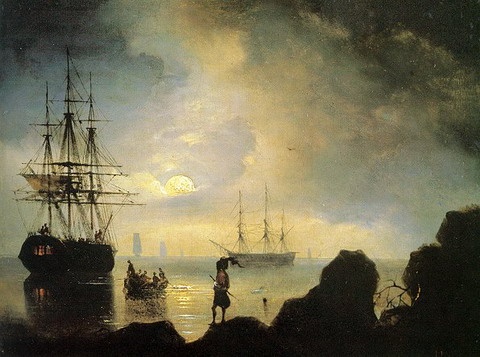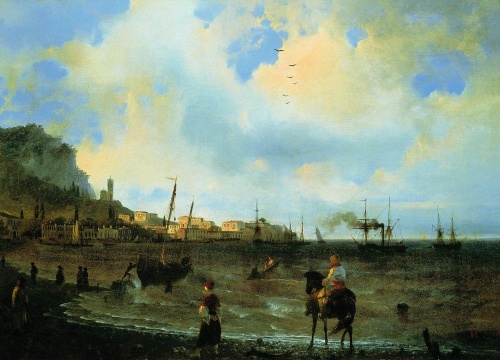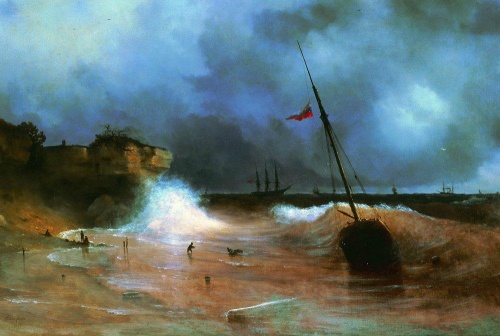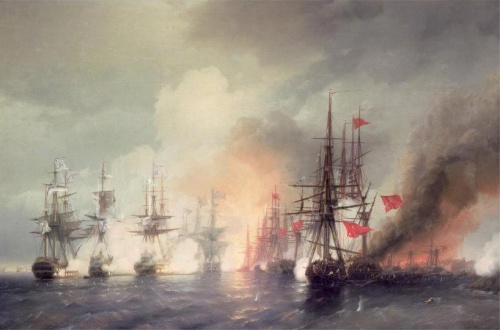Artist - Ivan Konstantinovich Aivazovsky (1817-1900) (147 works)
Разрешение картинок от 480x304px до 2067x1400px
A wonderful marine painter, a master of romantic seascapes. Aivazovsky was born on July 29, 1817 in the city of Feodosia in the family of a poor Armenian merchant. The talent to draw was noticed by the then governor of Tavrida Kaznacheev A.I., who took care of enrolling the young talent in the Tauride Gymnasium in 1831; after two years of studying at the gymnasium, he entered the Academy of Arts in St. Petersburg, where his work was appreciated by the artist K P. Bryullov, writer A. S. Pushkin spoke very flatteringly about the artist. Having graduated from the academy with a large gold medal, he received the right to travel to his native Crimea, where he works fruitfully, writing sketches of Feodosia, Yalta, Sevastopol, and Gurzuf. To continue improving his creativity, Aivazovsky, together with other artists of the academy, traveled to Rome, Italy, in 1840, visiting Venice, Florence, and Naples. He gets acquainted with world European art in various European museums and works fruitfully. After some time, Aivazovsky became a very famous marine painter in Europe. He was awarded the title of academician of the Rome, Amsterdam and Paris Academy of Arts. Returning to his homeland in 1844 as a recognized master at the age of 27, he was awarded the title of academician in Russia. Ivan Aivazovsky created many paintings, reflecting the soft colors of the coast, ships rocking on the sea waves, various effects of sea water and foam, majestic images of a raging sea in a storm with shipwrecks, for example, the famous painting The Ninth Wave, rich in romanticism. His other paintings: The Black Sea, Among the Waves, Neapolitan Night, etc. His paintings were highly appreciated by many artists; he is visited by artists I. E. Repin, G. I. Semiradsky, I. I. Shishkin, a famous philanthropist. M. Tretyakov, who buys his famous paintings. The paintings of Ivan Konstantinovich Aivazovsky are still very popular to this day, and delight with their touching romanticism of the sea.
The largest researchers of Russian painting in general note the outstanding role in the high flowering of the creativity of the great Russian artists and fine arts of the 19th century. The achievements and conquests of Russian painting of the 19th century, in which Russian artists showed themselves, are of great importance and unique value in Russian fine art, the paintings created by Russian artists have always enriched Russian culture.
Battle in the Chios Strait June 24, 1770 1848.
In 1844, I.K. Aivazovsky was appointed painter of the Main Naval Headquarters of Russia; his works became a picturesque chronicle of the military glory of the Russian Imperial Navy. The events of the first Russian-Turkish war of 1768–1774. The paintings “Battle in the Chios Strait” (1848) and “Chesme Battle” (1848) are dedicated to the paintings.
The battle in the Chios Strait took place at dawn on June 24, 1770. The most intense point was the battle between the flagship ships “St. Eustathius" and "Real-Mustafa". The Turkish flagship was boarded, and this moment was depicted by the artist.
The brig Mercury attacked by two Turkish ships in 1892.
"Mercury", a Russian 18-gun brig of the Black Sea Fleet, distinguished itself under the command of Lieutenant-Commander A.I. Kazarsky during the Russian-Turkish War of 1828 - 29.14 (26) May 1829 "Mercury", pursued by a Turkish squadron (6 battleships, 2 frigate, 2 corvettes), entered into an unequal battle with the battleships "Selimiye" (110 guns) and "Real Bay" (74 guns) near the Bosphorus, inflicted serious damage on the enemy, forcing him to drift, and he himself escaped pursuit. The ship was awarded the stern St. George's flag. In memory of the feat of the "Mercury", the name "Memory of Mercury" was subsequently assigned to a number of ships of the Black Sea Fleet. Another work by I.K. Aivazovsky, “Brig Mercury after the victory over two Turkish ships,” is dedicated to this event.
Rainbow 1873.
Beginning in the 1860s, the “improvisational” style of painting by Aivazovsky, who did not “copy” the world from life, but seemed to remember and even compose it, came into conflict with the latest trends in Russian painting of that time, the expression of which was the organization at the turn of the 1860s. 70s of the Association of Traveling Art Exhibitions. The Peredvizhniki professed harsh realism, preferring socially significant works to romantically excited canvases. At the same time, critics began to speak loudly that Aivazovsky’s talent had dried up, that he was repeating himself and, in general, could not paint anything other than waves. The answer to these accusations was the painting “Rainbow”, which marked a new stage in the artist’s work. On the one hand, we have before us another “shipwreck” of Aivazovsky. But, on the other hand, it is not at all similar to his previous “shipwrecks” and “storms”. Without abandoning his own principles, in this work he greatly modernizes them - this is especially noticeable in the color scheme of the canvas. The former “exaggerated” (in the painter’s own words) colors give way to a more restrained and at the same time more subtly developed coloring. Less "fiction", pedaled by "realism""ethnicity" is an obvious remark of the artist in dialogue with modernity. Although romantic tension remains a characteristic feature of this work.
